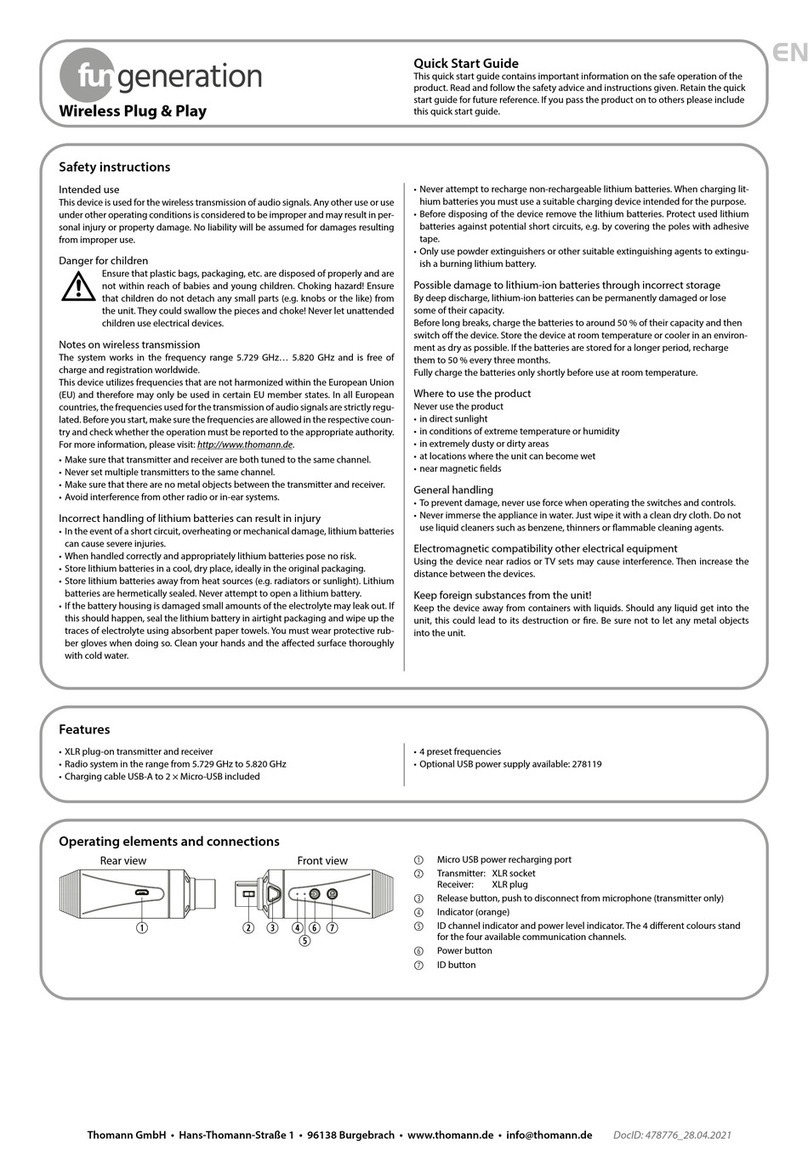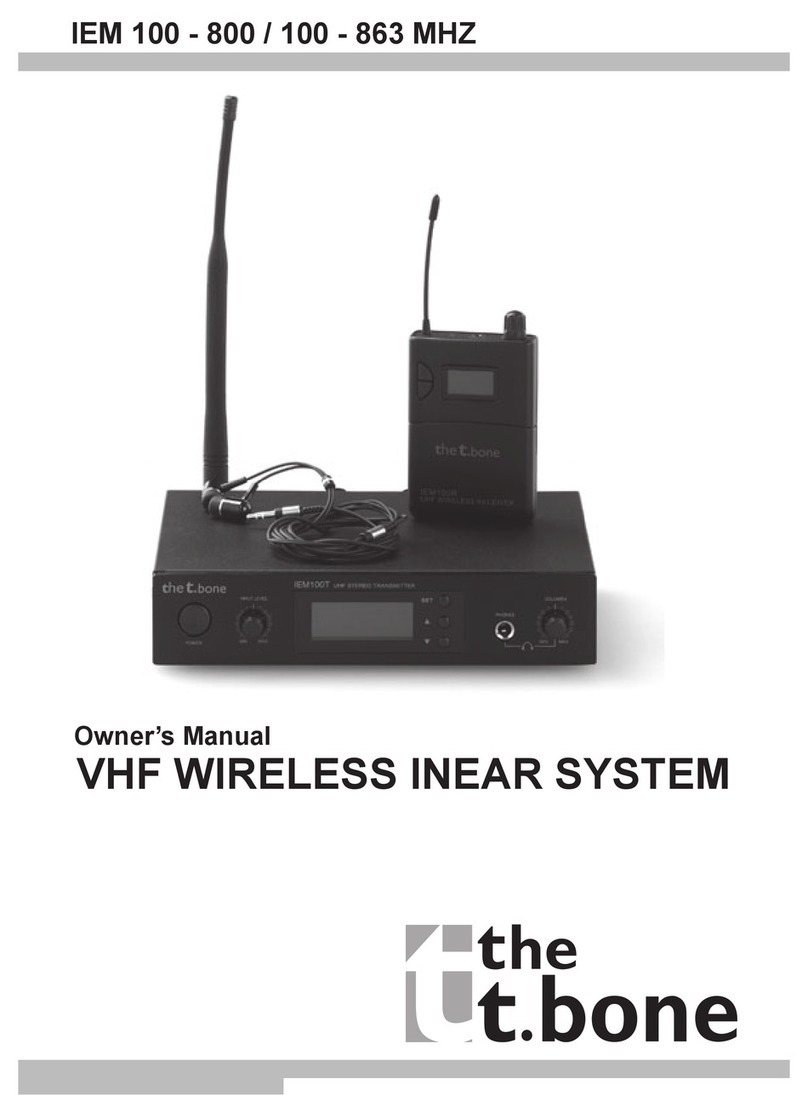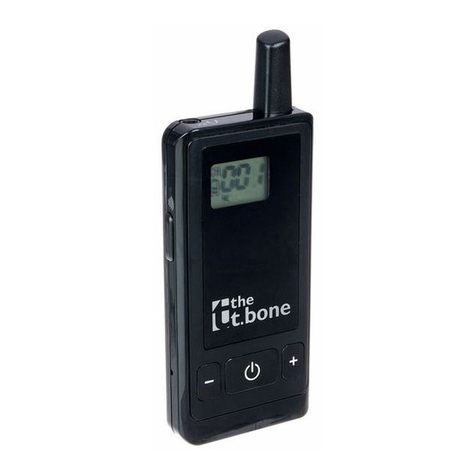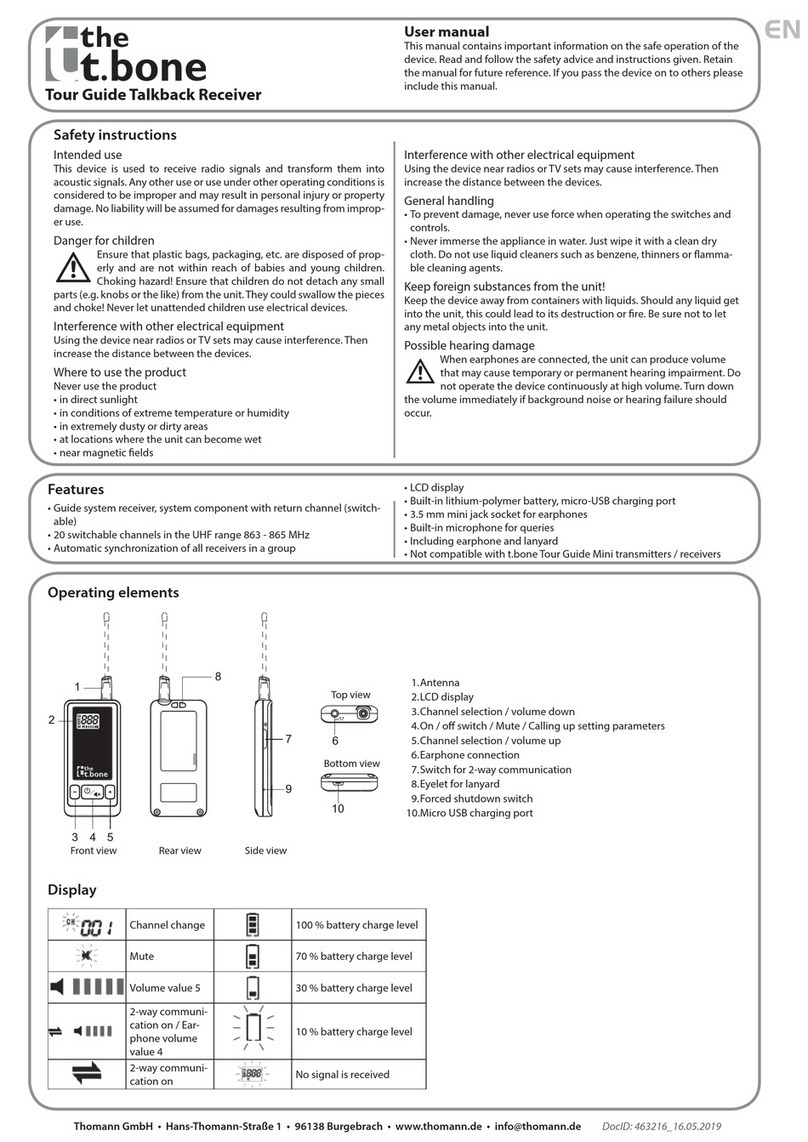Table of contents
1 General notes............................................................................................................................................... 4
2 Safety instructions..................................................................................................................................... 6
3 Features and scope of delivery........................................................................................................... 9
4 Installation and operation.................................................................................................................. 11
4.1 General information........................................................................................................................ 11
4.2 Receiver............................................................................................................................................... 12
5 Connections and controls................................................................................................................... 13
5.1 Receiver............................................................................................................................................... 13
6 Operation.................................................................................................................................................... 19
7 Troubleshooting...................................................................................................................................... 22
8 Technical data........................................................................................................................................... 25
8.1 Receiver............................................................................................................................................... 25
8.2 Frequency charts.............................................................................................................................. 26
9 Protecting the environment.............................................................................................................. 37
Table of contents
IEM 100-R
3



































